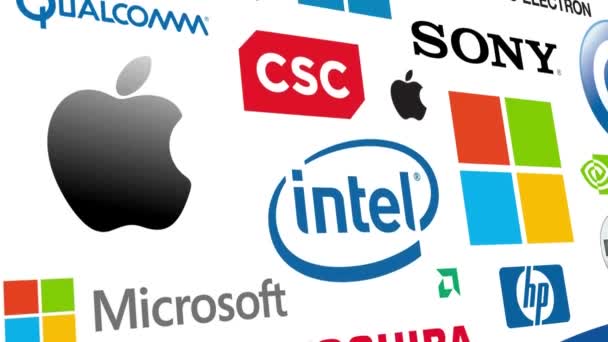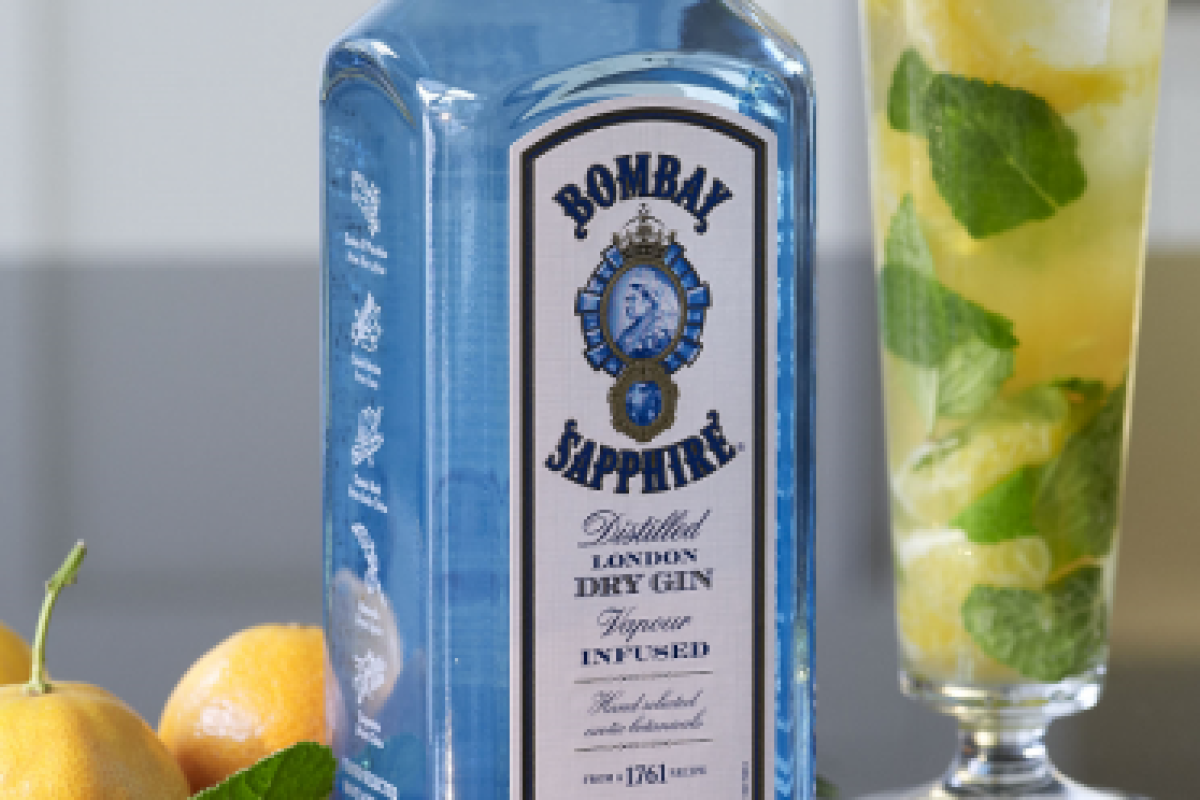Every now and then, some nonsense piece about colour psychology does the rounds on LinkedIn. Usually illustrated by a hastily thrown together chart, these pieces invite us to be astonished at the revelation that yellow signifies warmth and positivity, that red denotes passion, or that blue suggests dependability or trust. Like other bulletins from the Ministry of Stating the Obvious, this one comes without any useful information such as ‘what am I supposed to do with this information?’
The answer is ‘ignore it’. Here’s why.
Colour psychology has been used by brands and by businesses for decades to communicate something about the service or product on offer in an implicit and subconscious way. It’s based on the principle that we can decode and therefore harness the associations we assign to particular colours.
But there’s a real danger with taking colour theory at face value. For a start, the way we all make decisions about brands is much more complex than one based on entirely on colour (context and culture play big roles for instance). More crucially, the more a brand adopts the rules of a category, by definition the less distinctive it becomes. So in theory, blue says all the right things about you if you’re a technology brand, but it says all the right things about every other technology brand too, which is why this situation is played out in every category from technology to antiperspirant.

Braver brands acknowledge the colour codes of their category and reject them… what they lose in implicit associations they gain in brand distinctiveness. What, for instance, does a synthetic, bright ‘value’ yellow, used without any depth or finesse, have to do with luxury? Absolutely nothing, which is why the Selfridges identity is so brilliant.

Of course, brand distinctiveness is built on more than colour alone. Bombay Sapphire’s striking blue bottle got it noticed when it crash-landed into the stuffy establishment of the gin market back in 1987, but it’s taken more than brave iconoclasm to sustain it.
Getting noticed doesn’t necessarily get you chosen, but it’s certainly an improvement on anonymity. So perhaps colour psychology helps us understand why conventions exist, whilst providing the evidence to reject them.
